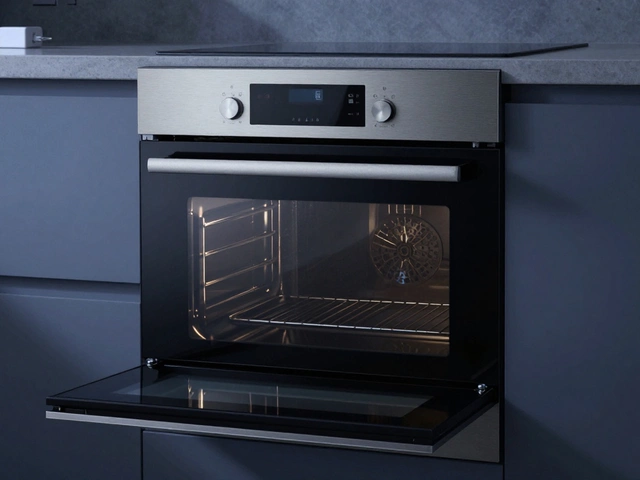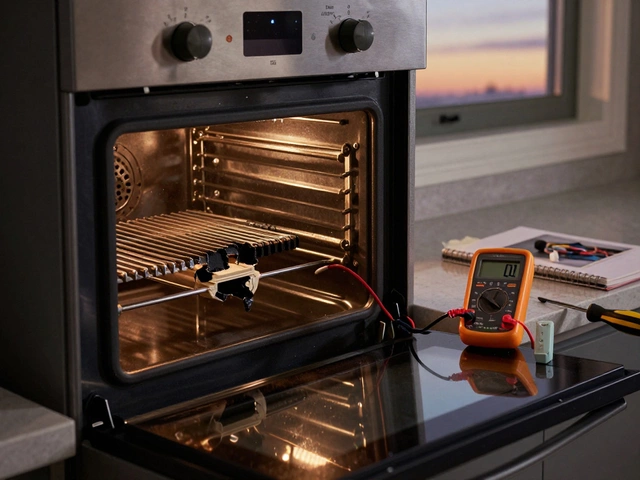Water Heater Element: Definition, Function, and Troubleshooting
When dealing with hot‑water issues, understanding the water heater element, the metal coil inside an electric water heater that converts electricity into heat. Also called the heating coil, it is the core component that raises water temperature. Water heater, a household appliance that stores and heats water for showers, taps and appliances relies on this element to deliver the hot water you expect.
How the Element Fits Into the Whole System
The heating element, a resistive coil typically made of copper or stainless steel, sits inside the tank, immersed in water. When the thermostat signals a need for heat, electricity flows through the element, generating heat that spreads through the surrounding water. This simple cause‑and‑effect relationship—"electricity powers the element, the element heats the water"—is the backbone of any electric water heater. Because the element directly contacts the water, its material and size determine how quickly the tank reaches the set temperature.
Temperature control is handled by a thermostat, a device that monitors water temperature and turns the heating element on or off. The thermostat sets the desired temperature (usually around 60°C) and cuts power to the element once that point is reached. This interaction creates a feedback loop: the thermostat watches the water, the element heats it, and the thermostat responds. If either part fails, you’ll notice lukewarm showers or a constantly running heater.
In many homes, especially those with mixed‑pipe systems, a mixing valve, a valve that blends hot water with cold to deliver a safe temperature at the tap works alongside the element. The mixing valve ensures that water exiting the tap isn’t scalding, even if the element overheats the tank. When the valve malfunctions, the symptom often looks like an element problem—water stays cold or gets too hot—but the root cause can be elsewhere in the system.
Common signs that the water heater element needs attention include reduced hot‑water output, a longer heating cycle, or strange noises from the tank. A quick DIY test involves turning off power, removing the element, and checking for continuity with a multimeter. If the coil reads open, it’s time for a replacement. While the element itself is affordable, swapping it out can be messy; you’ll need to drain the tank, detach the element, and re‑seal the tank correctly to avoid leaks.
Below you’ll find a curated list of articles that walk through diagnosing element failures, comparing repair vs replacement costs, and explaining how related components like thermostats and mixing valves affect overall performance. Whether you’re a DIY hobbyist or just want to know what to ask a technician, the guides give you the context you need to make an informed decision about your hot‑water system.
Wondering why your shower runs cold or your tap water never seems to get hot? It could be a bad water heater element. This article shows you the obvious signs of a bad element, how to check it safely, and what to do next. You’ll get clear steps, handy tips, and facts that make troubleshooting easy—even if you’ve never cracked open a water heater before. No technical jargon or fluff, just the stuff you need to know.


